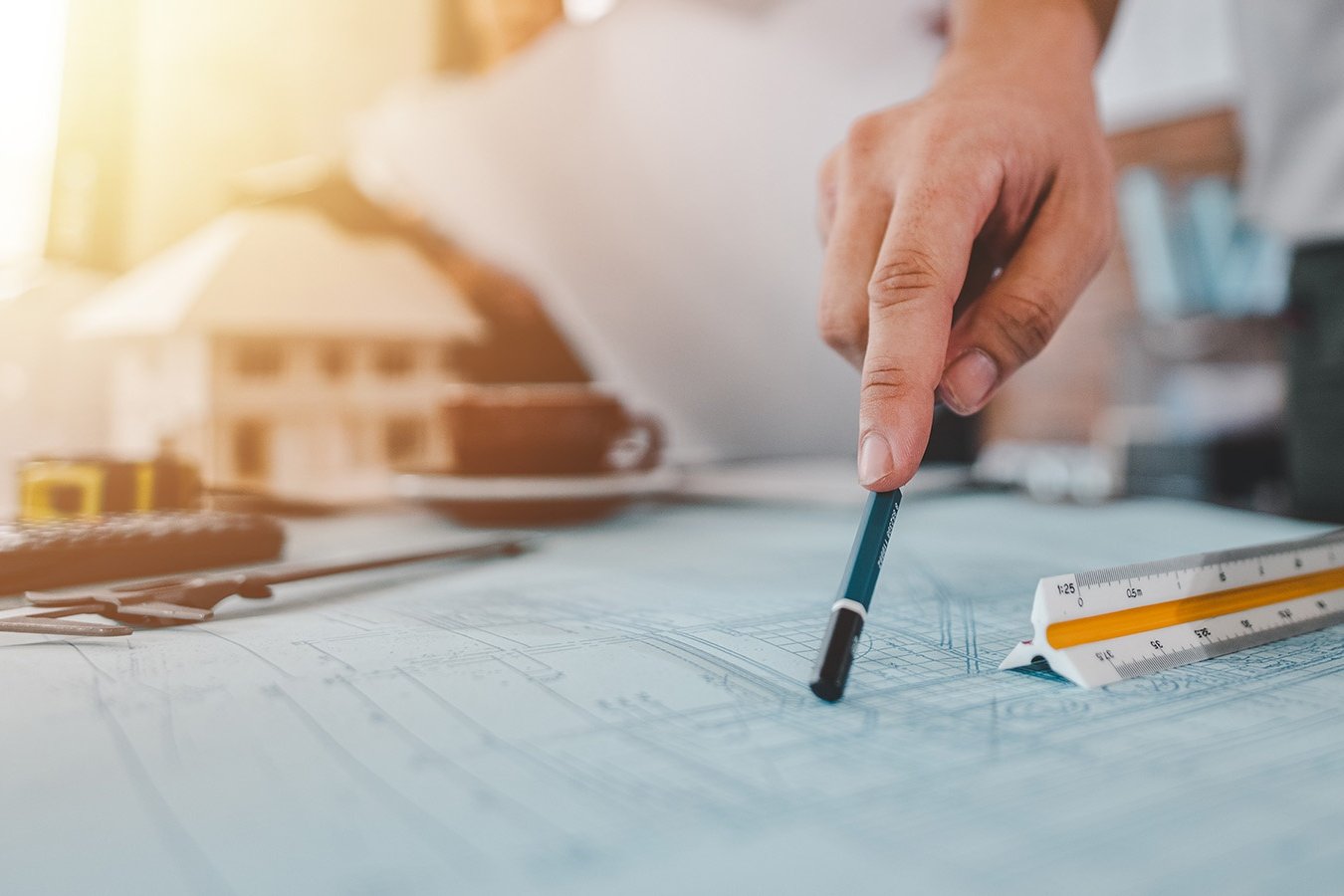Cubature = cubic metre specification (X m³)
The word cubature comes from the Latin word cubus (cube). Naturally, it isn’t only calculated for cube-shaped or rectangular houses; cubature can also be calculated for circular structures.
The basic calculation is length x width x height or, for non-right-angled outlines, floor plan x height.
The results of cubature calculations are always given in cubic metres (X m³).
If floors have different outlines, the volumes must be calculated individually and added together. Slants and slopes must also be taken into account.



